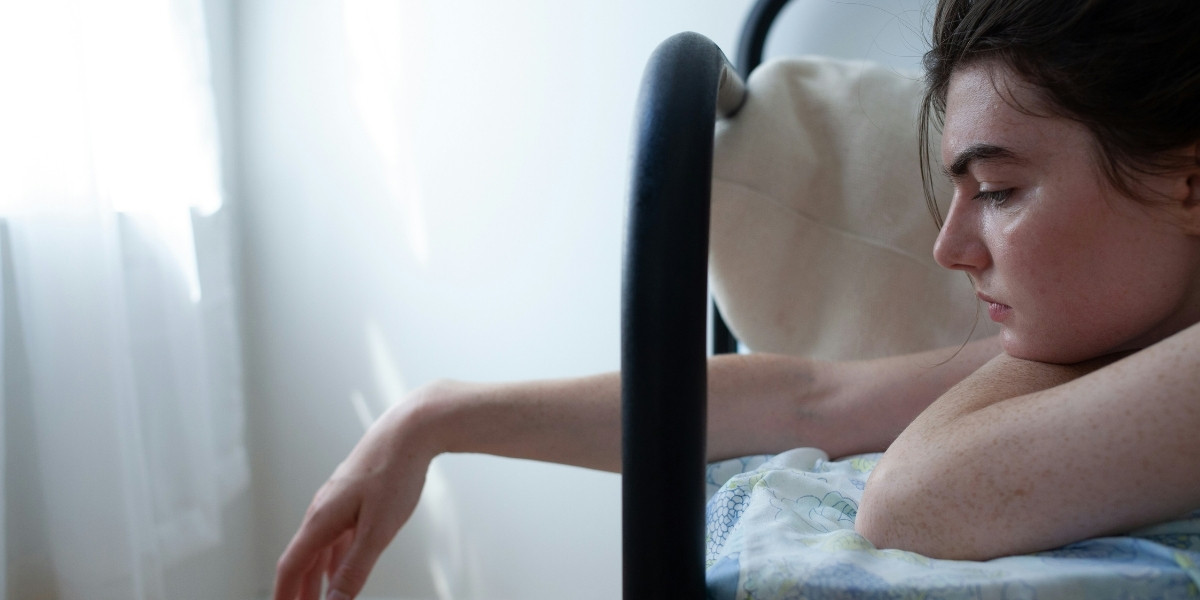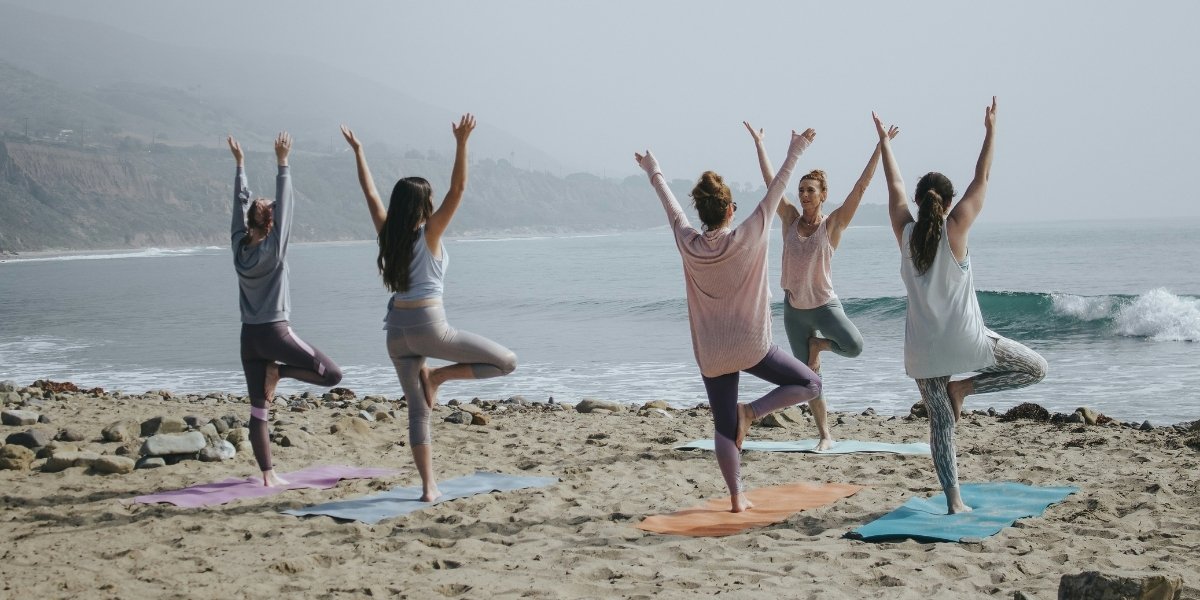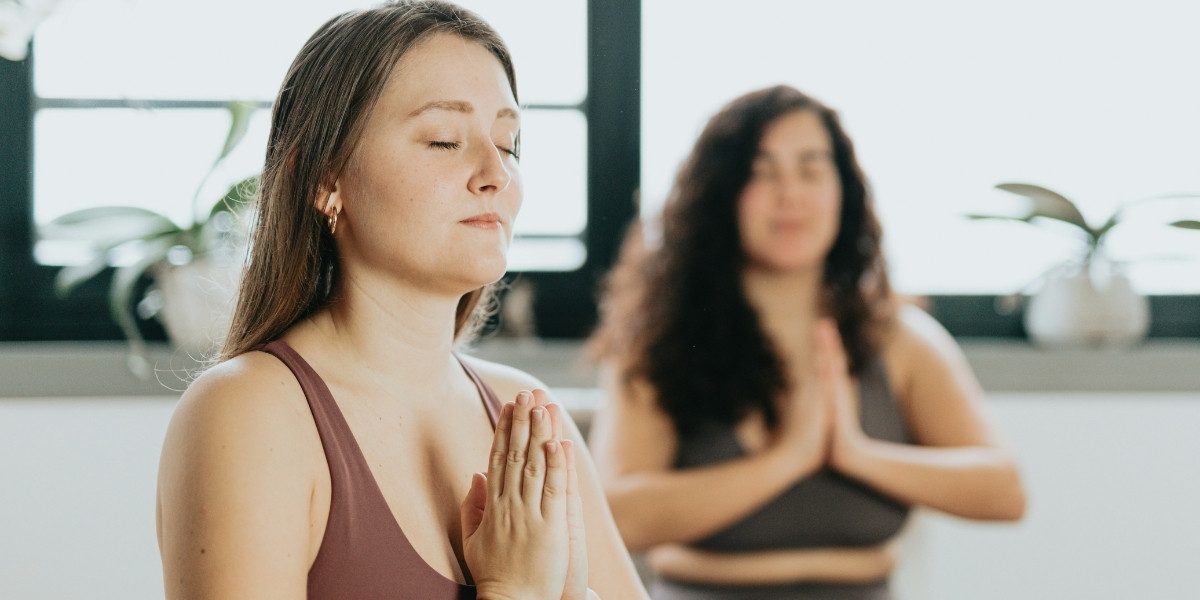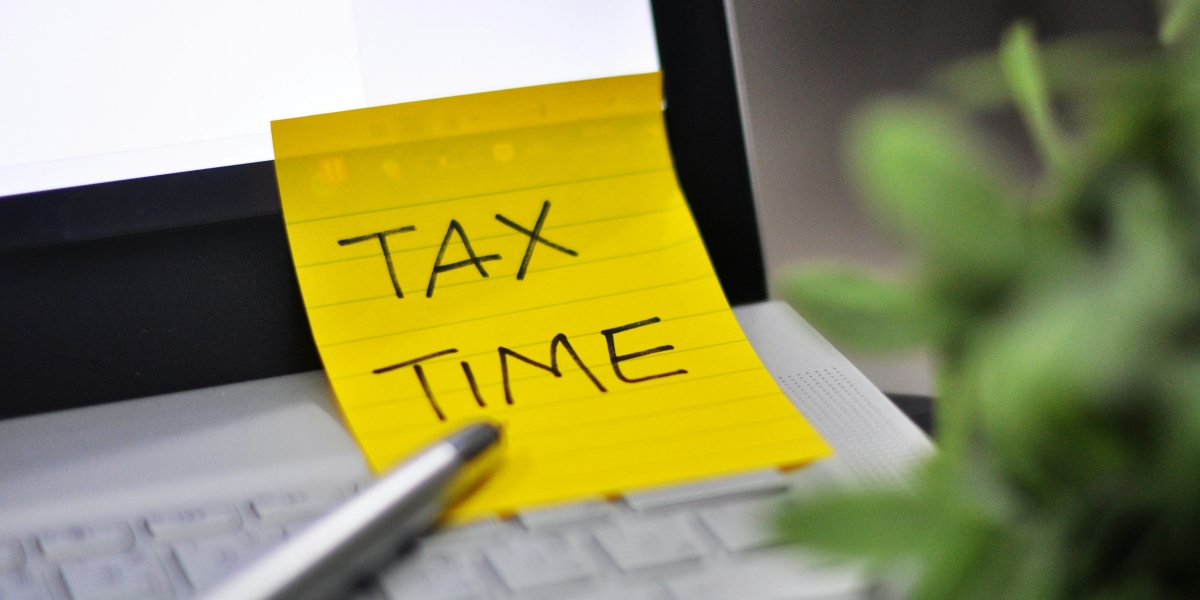Anxiety can often feel like a constant state of alert, where the mind races and the body feels tense. Many people seek natural ways to manage these feelings without relying on medication. One powerful and accessible method is yoga breathing, also known as pranayama. This ancient practice, which is central to yoga, focuses on controlling the breath to influence both the body and mind. By learning specific breathing techniques, individuals can tap into their body’s natural calming systems, offering a simple yet effective tool to help reduce stress and anxiety. The practice of yoga breathing for anxiety can be a transformative experience, offering a path to greater peace and mental clarity.
The Science Behind Calming Breathwork
The way we breathe has a direct link to our nervous system. When we are stressed or anxious, our breathing becomes shallow and quick. This kind of breathing activates the sympathetic nervous system, often called the “fight or flight” response. This response is what makes our heart rate increase and our muscles tense up. It’s an important survival mechanism, but when it’s constantly active due to anxiety, it can lead to chronic stress and exhaustion.
On the other hand, slow, deep breathing activates the parasympathetic nervous system. This is the body’s natural “rest and digest” mode. When this system is engaged, our heart rate slows, blood pressure decreases, and a sense of calm begins to spread through the body. Pranayama techniques are designed to intentionally engage this process, helping the mind and body shift from a state of high alert to one of relaxation. By consistently practicing these methods, individuals can train their bodies to respond differently to stressful situations.
Understanding Pranayama and Its Role in Calming the Nervous System

Pranayama is more than just breathing; it’s a discipline of breath control. It involves a variety of specific exercises that help regulate the flow of breath in a conscious way. A consistent practice of pranayama for anxiety can lead to a more balanced emotional state over time. The techniques are varied, from focused inhalations and exhalations to holding the breath for short periods. Each method serves a distinct purpose, whether it’s to energize the body or to deeply relax it.
The effectiveness of these techniques lies in their ability to quiet the mental chatter that often accompanies anxiety. When a person focuses on the rhythm of their breath, they are less likely to get caught up in anxious thoughts about the past or the future. This focus acts as a form of meditation. By redirecting attention to a physical process, it provides a powerful anchor to the present moment. This is a fundamental aspect of breathwork for stress relief and emotional regulation. For more details on the mind-body connection, you can read our previous coverage on mindfulness and mental wellness.
Simple Techniques to Practice at Home
You do not need to be an expert to get started with pranayama. Some of the most effective techniques are also the simplest to learn and can be done anywhere. One popular technique is Box Breathing, where you inhale for a count of four, hold for four, exhale for four, and hold again for four. This rhythmic pattern helps to bring a sense of order to a chaotic mind. It’s a great starting point for anyone new to the practice.
Another calming method is Nadi Shodhana, or Alternate Nostril Breathing. This technique involves using your thumb and ring finger to gently close one nostril at a time, inhaling and exhaling in a specific sequence. This is believed to balance the left and right hemispheres of the brain, promoting a sense of harmony. It is a slightly more involved practice but is well-regarded for its profound calming effects.
Expert Insights on Using Yoga Breathing for Anxiety
Wellness professionals and practitioners often recommend incorporating pranayama into a daily routine. A daily practice, even for just a few minutes, can have a cumulative effect on overall mental health. A professional’s perspective often highlights that consistency is the most important factor, not perfection. This means even a few minutes of conscious breathing a day is more valuable than a longer session done sporadically. The real benefit comes from making it a regular habit.

The experience of many people who have used these methods points to a few common successes. They often feel a greater sense of control over their emotional responses and a reduction in the physical symptoms of anxiety. The practice is an active way to participate in one’s own wellness. It’s a method that provides individuals with a direct way to influence their internal state, empowering them to manage feelings of worry and unease as they arise.
How to Start a Consistent Pranayama Practice
Starting your own yoga breathing for anxiety practice is a personal journey. Begin with a short duration, perhaps just five minutes a day. Choose a quiet space where you won’t be interrupted. Sit in a comfortable position, either on a cushion on the floor or in a chair with your feet flat on the ground. A key aspect is to avoid judgment. If your mind wanders, simply guide your attention back to your breath without any frustration.
Building a new habit takes time and patience. It’s helpful to link your new practice to an existing one, such as before your morning coffee or after you brush your teeth at night. This kind of routine helps it feel more natural and less like a chore. Over time, you can gradually increase the length of your sessions as you become more comfortable. The goal is to build a sustainable practice that provides genuine and lasting benefits. The consistent practice of pranayama can become a reliable anchor in a busy and unpredictable world.








